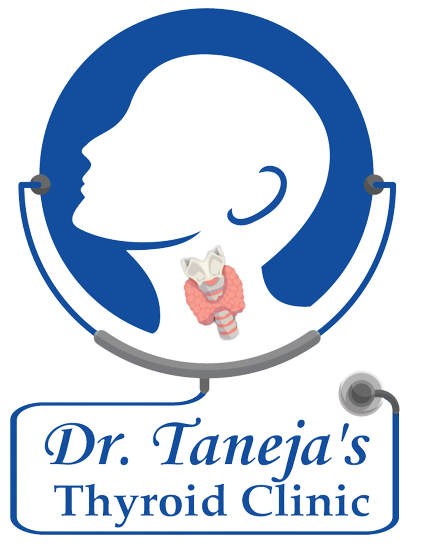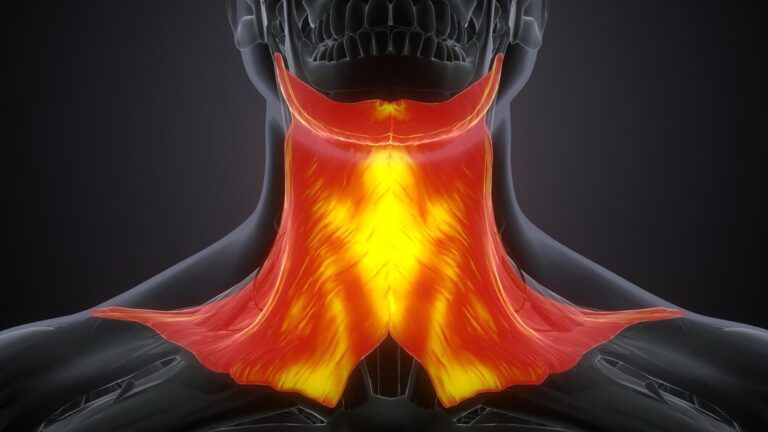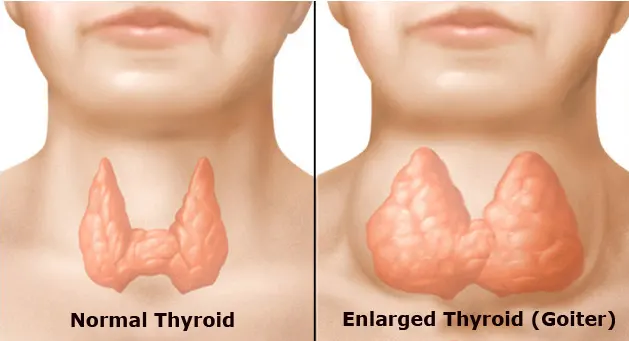Multinodular Goitre In Children And Adolescents: Unique Considerations
Multinodular goitre, a condition characterized by the enlargement of the thyroid gland with the presence of multiple nodules, is typically associated with adults. However, it is essential to recognize that children and adolescents can also be affected by this thyroid disorder, albeit with unique considerations. In this article, we will explore the distinctive aspects of multinodular goitre in the younger population, including its prevalence, causes, diagnostic challenges, and tailored approaches to management.
Prevalence and Characteristics in Pediatric Cases
While multinodular goitre is more commonly diagnosed in adults, pediatric cases do exist, and their prevalence varies across different regions. The condition may manifest differently in children and adolescents, often presenting challenges in both diagnosis and management.
Prevalence in Pediatric Population:
Multinodular goitre is relatively rare in children, but its occurrence is not unheard of. The prevalence may differ based on geographical and environmental factors. Understanding the prevalence helps healthcare professionals better anticipate and address cases in the pediatric age group.
Distinctive Characteristics:
Multinodular goitre in children may exhibit unique characteristics compared to adult cases. The size and distribution of nodules, as well as associated symptoms, can vary. Pediatric cases may present with a more rapid growth of nodules, necessitating prompt attention and intervention.
Causes and Risk Factors
Iodine Deficiency:
In regions with insufficient iodine in the diet, children and adolescents may develop multinodular goitre. Iodine deficiency is a common cause, and public health initiatives aimed at improving iodine intake are crucial in preventing such cases.
Genetic Factors:
Some pediatric cases of multinodular goitre have a genetic basis. Understanding the hereditary aspects of the condition is essential for early identification and intervention, especially in families with a history of thyroid disorders.
Autoimmune Factors:
Autoimmune thyroid disorders, though more commonly associated with adults, can also affect children. Autoimmune thyroiditis may contribute to the development of multinodular goitre in pediatric cases.
Diagnostic Challenges in Children and Adolescents
Diagnosing multinodular goitre in children and adolescents poses unique challenges due to variations in presentation, potential psychological impact, and the need for age-appropriate diagnostic methods.
Asymptomatic Nature:
Children may be less likely to exhibit noticeable symptoms, and the condition may be discovered incidentally during routine check-ups or investigations for unrelated health concerns. As a result, healthcare professionals must maintain a high index of suspicion.
Psychosocial Impact:
Adolescents, in particular, may experience psychological and emotional challenges associated with body image concerns. The presence of a visible goitre can impact self-esteem, necessitating a holistic approach to care that addresses both physical and emotional well-being.
Age-Appropriate Diagnostic Imaging:
While ultrasound remains a valuable diagnostic tool, the approach may need to be adapted for pediatric cases. Radiological assessments must consider the age and developmental stage of the child, employing techniques that are both effective and sensitive to the unique needs of younger patients.
Management and Treatment Considerations
Conservative Management:
In cases where multinodular goitre in children is mild and asymptomatic, a conservative approach may be adopted. Regular monitoring, dietary adjustments, and addressing iodine deficiency can be effective in managing mild cases without resorting to invasive interventions.
Surgical Considerations:
Surgical intervention may be indicated in cases of severe enlargement, compression of surrounding structures, or when nodules raise concerns about malignancy. The decision to pursue surgery in pediatric cases requires careful consideration of the potential impact on growth and development.
Psychosocial Support:
Managing multinodular goitre in children and adolescents extends beyond medical interventions. Providing psychosocial support, counseling, and involving families in the decision-making process are crucial elements of comprehensive care.
Conclusion
Multinodular goitre in children and adolescents introduces unique considerations that necessitate a nuanced and holistic approach to diagnosis and management. From addressing the challenges in early detection to tailoring interventions that align with the developmental needs of young patients, healthcare professionals play a crucial role in ensuring the well-being of this specific population. By recognizing the distinct characteristics and risk factors associated with pediatric cases of multinodular goitre, we can implement more effective strategies for diagnosis, treatment, and support, ultimately promoting optimal health outcomes in this age group.








